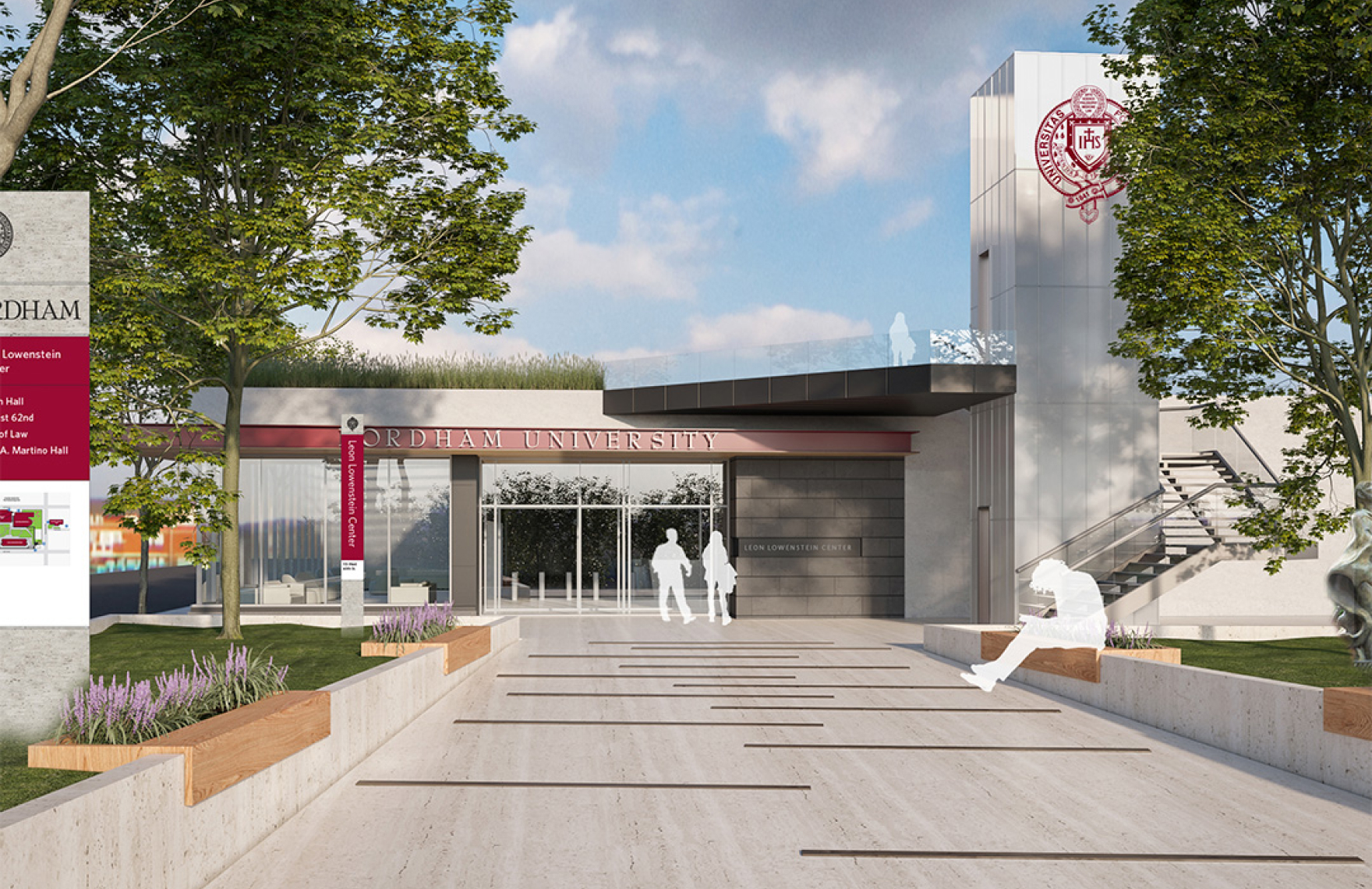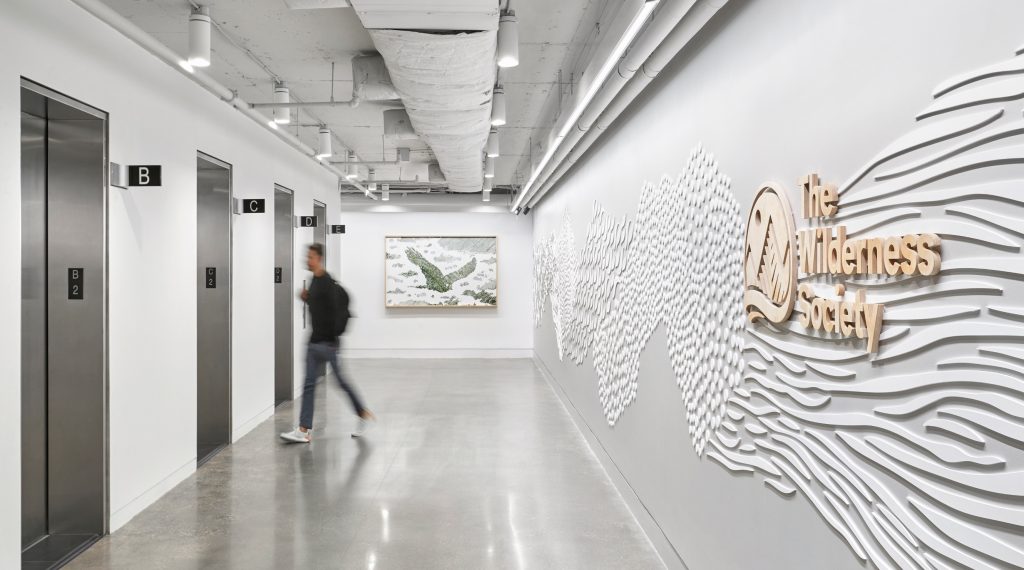

January 17, 2024 —
The Essence and Impact of Experiential Graphic Design: Crafting Memorable Experiences
Introduction:
Experiential Graphic Design (XGD) stands at the intersection of art, technology, and storytelling, creating immersive environments that captivate, inform, and engage. It is a multidisciplinary approach that goes beyond traditional graphic design, transforming spaces into dynamic and memorable experiences. In this exploration, we delve into the core of Experiential Graphic Design, unraveling its definition, principles, and the profound impact it has on various industries.Defining Experiential Graphic Design:
Experiential Graphic Design is a discipline that focuses on the integration of visual elements within a physical space to enhance user experiences. Unlike traditional graphic design that predominantly exists in print or digital formats, EGD encompasses a broader spectrum, incorporating elements like signage, wayfinding, environmental graphics, interactive installations, and immersive storytelling. It is about creating a cohesive visual narrative that elevates the overall atmosphere of a place, whether it be a retail space, museum, corporate office, or public environment.

Principles of Experiential Graphic Design:
- User-Centric Approach: At the heart of XGD is a deep understanding of the end-user. Designers must consider the needs, emotions, and behaviors of individuals interacting with the space to create a meaningful and relevant experience.
- Spatial Awareness: XGD is inherently tied to physical environments. Designers must navigate and enhance spatial elements, considering architectural nuances, traffic flow, and user engagement within a given space.
- Multisensory Engagement: Beyond visuals, XGD embraces a multisensory approach, incorporating elements that appeal to touch, sound, and even smell. This holistic engagement adds layers to the user experience.
- Storytelling Through Design: XGD is a narrative-driven discipline. It uses design elements to tell stories, convey brand messages, and evoke emotions. Every graphic, sign, or interactive element contributes to the overarching narrative of the space.
Impact Across Industries:
- Retail Environments: In retail, XGD transforms physical stores into immersive brand experiences. Strategic placement of signage, interactive displays, and captivating graphics can influence consumer behavior and enhance brand loyalty.
- Museums and Exhibitions: Museums leverage XGD to guide visitors seamlessly through exhibits, creating an educational and engaging journey. Environmental graphics become an integral part of storytelling, enriching the overall museum experience.
- Corporate Spaces: XGD plays a crucial role in corporate environments, reflecting brand identity, fostering a positive workplace culture, and aiding in wayfinding within large office complexes. The graphic layering in a workplace environment is pivotal to recruiting, building brand equity and establishing a connection between multiple office locations. It is a great way to enhance the architectural volume by activating touchpoints and creating a rich, smaller scale sequence of graphic elements.
- Public Spaces: In public spaces, XGD contributes to the fabric of the community. Wayfinding systems, public art installations, and thematic graphics enhance the identity of cities, parks, and transportation hubs.

